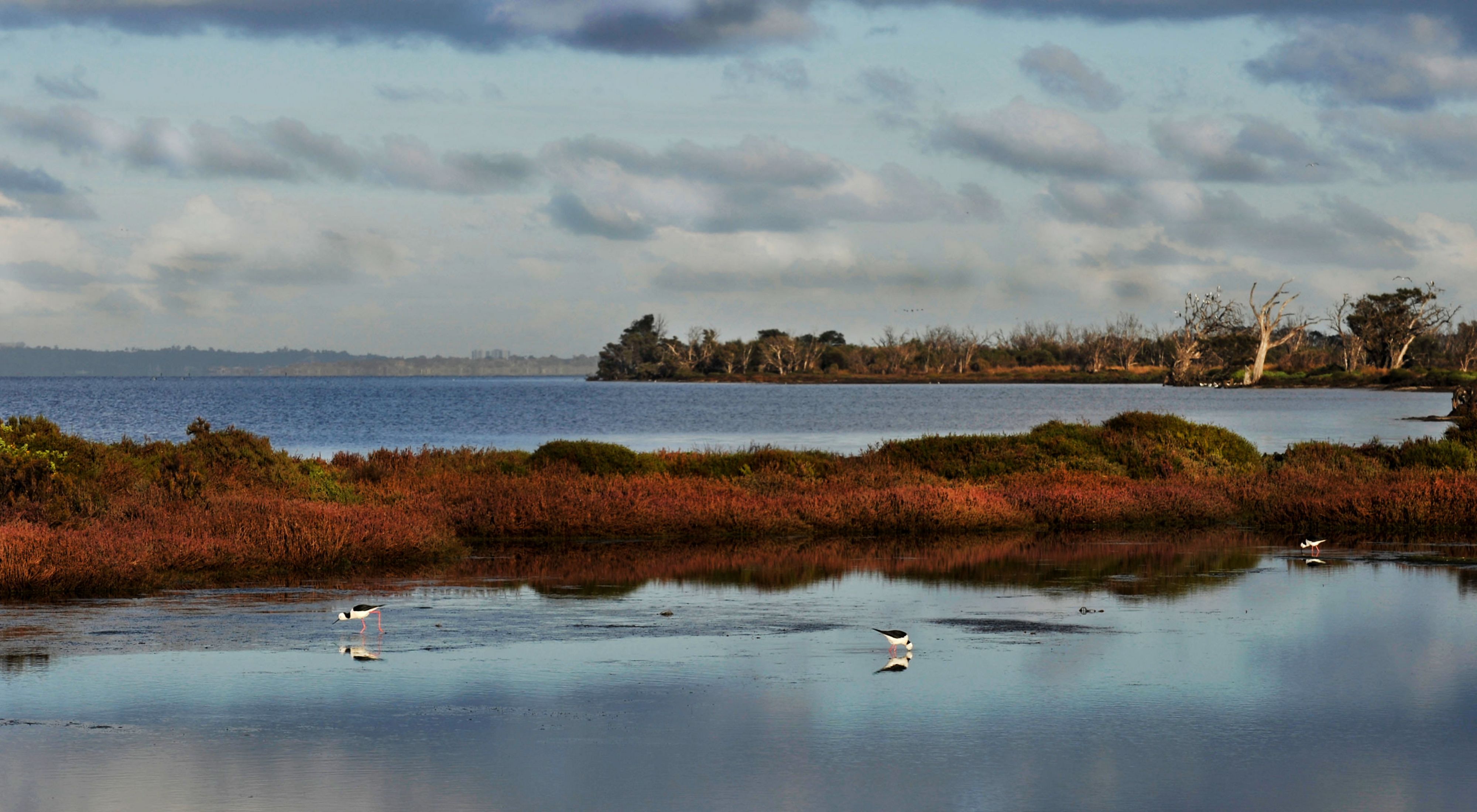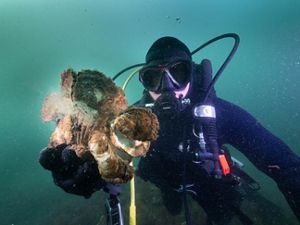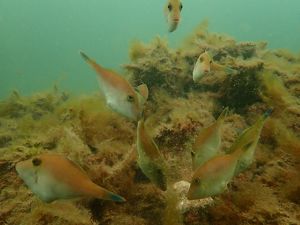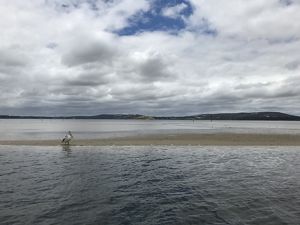Revitalising the Peel-Harvey Estuary
Finding nature-based solutions to improve estuary health
Warm sunny days, knee deep in brackish water, catching a feed of crabs. This simple description evokes pleasant memories for many Western Australians who grew up near Mandurah in the Peel Region. Just an hour’s drive south of Perth, the region is dominated by a large (136 km2) shallow estuary which collects the waters of three main rivers – The Serpentine, Murray and Harvey Rivers. In the estuary, these fresh waters mix with the Indian Ocean’s salty water which flows in, especially during summer, through either the natural mouth of the estuary in Mandurah or the Dawesville Cut – an artificial channel opened in 1994.
As well as being popular with people, Peel-Harvey Estuary is extremely important to wildlife. This standing was officially recognised in 1990 when the area was listed under the Ramsar Convention as a wetland and ecosystem of international significance.
However, the Estuary’s natural and cultural values are under threat from decades of:
- pollution (e.g. too many nutrients from agricultural fertilisers that run off into its river catchments);
- habitat destruction - more than 75% of its native vegetation has been cleared for industry and urban development; and
- decreased rainfall and water inflows as a result of climate change.
Project Photos
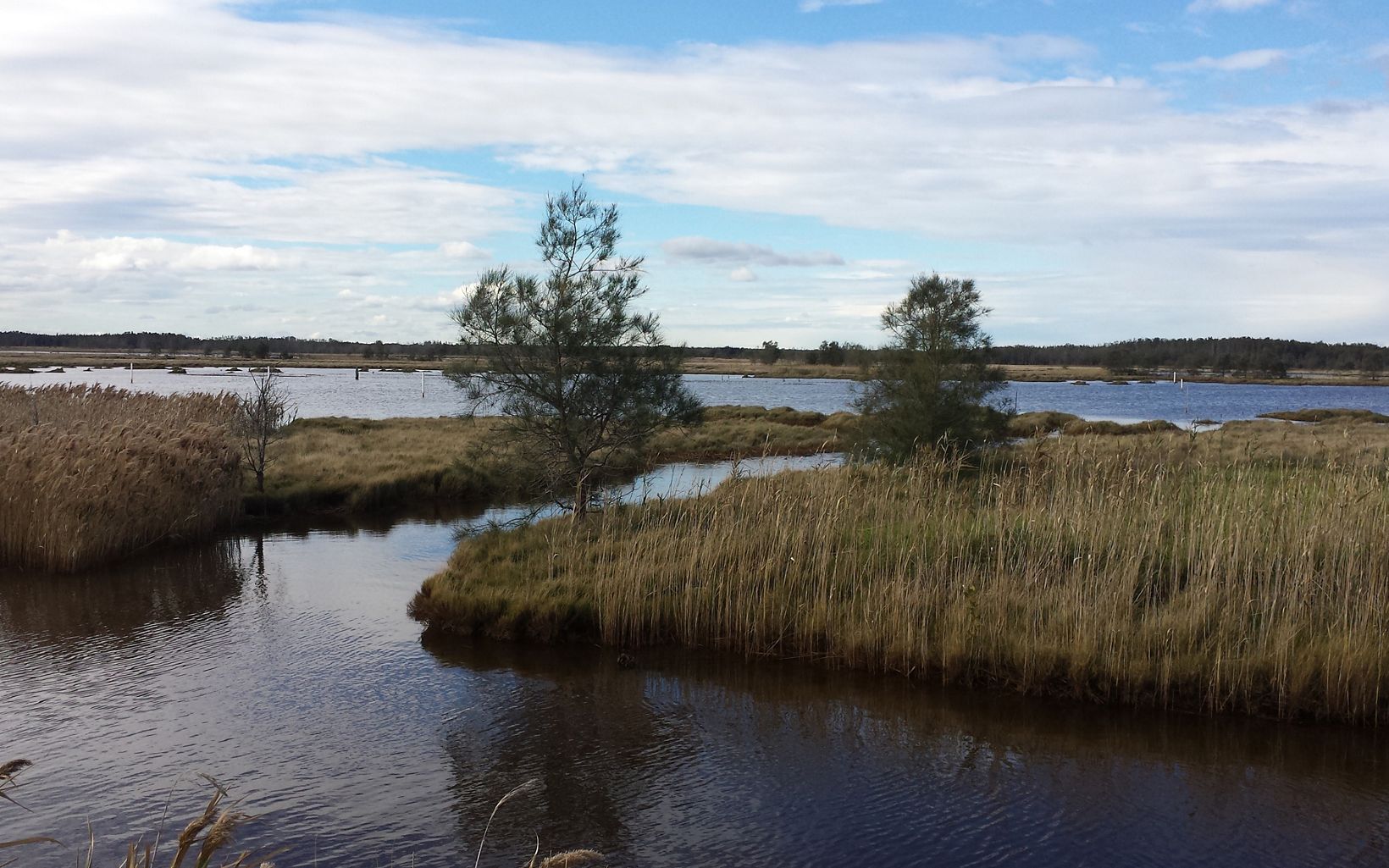


A partnered approach
Thanks to the support of the Alcoa Foundation, we’re working together with Peel-Harvey Catchment Council , WA State Government Natural Resource Management Program and Greening Australia in the 3 Rivers, 1 Estuary project to improve the health of the Peel-Harvey Estuary and its rivers.
Our part in the project is focused on marine habitat restoration opportunities for improving fisheries, biodiversity and natural solutions to coastal defence in the Estuary. We’re using our proven approach for catalysing large-scale investments in estuary protection and repair as we are elsewhere such as in Oyster Harbour near Albany, and in South Australia and Victoria.
Working with the community
We’re partnering with community volunteers — shellfish gardeners — to grow mussels in specially designed baskets.
The role of shellfish gardeners is to monitor and maintain shellfish from juveniles to adults. Mussels grown by local shellfish gardeners will be used to seed the first trial beds in the Peel-Harvey estuary in 2022.
In November 2021, TNC hosted an event for our gardeners called the 'Mussel Muster' in Mandurah, WA.
Local volunteers, including about 70 Mandurah water-side residents and two school groups, grew the mussels from juveniles to adults over the last year. The volunteers were supported by the Bindjareb Indigenous Ranger group.
Over 200 kilograms of mussels were loaded onto a barge at Wannanup jetty before divers placed them onto specially developed mussel beds in the estuary.
These mussel beds will be used to explore mussel growth and survival in specially selected locations in the estuary ahead of pilot shellfish reefs planned for construction in the estuary in the first half of next year.
Check out a video below on the event.
Getting underway
An important next step is to gather existing environmental, social and economic data to inform the development of online restoration decision-support tools such as Coastal Resilience and Conservation Action Planning (CAP) processes to assist with restoration priority setting.
Shellfish Gardening
Working with communities to restore shellfish reef ecosystems to local waterways
Learn moreThis includes working with the local community to determine the most effective actions we can take to improve fisheries, reduce nutrient runoff and protect shorelines against sea level rise and flooding.
Through Murdoch University we’re conducting in-water research using new micro-tech devices to assess the viability of creating new shellfish reefs in the Estuary.
The research involves a collaboration with the local Marine Men’s Shed who helped deploy native blue mussels in cages throughout the Estuary. Each cage contains a number of mussels, each one fitted with a purpose-built ‘valvometer’ – a tiny device attached to each individual mussel to record when it’s open and feeding, and when it’s closed. The data from the valvometers will be used to assess the health of the mussels over time and link this to changes in water quality to determine where in the Estuary it might be best to build new reefs.
Shellfish reefs are highly effective at restoring the health of our stressed bays and estuaries. They create habitat for a range of other aquatic species, boost local fish and swimmer crab stocks, protect shorelines from erosion and improve water quality due to their natural filtration power.
The field research will be complemented by further laboratory studies and risk assessments to assess exactly which native shellfish species have the best chance of long-term survival and reef creation in the Estuary.
More details about the project will be posted here as the project develops.
You can help us restore shellfish reefs across southern Australia
Just $30 per month for a year, can buy enough oysters, mussels and limestone to build 10m2 of reef
